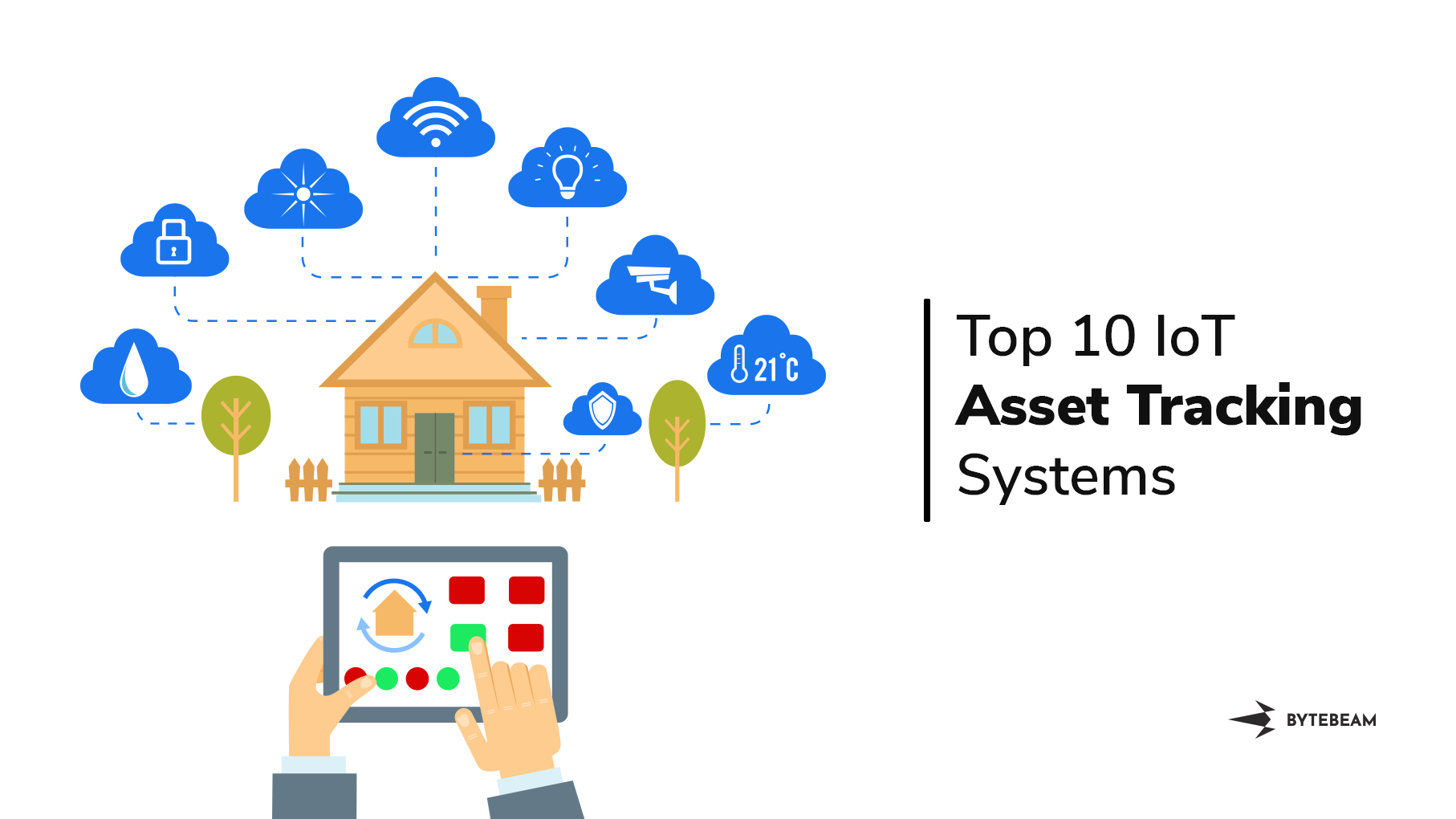Growth Trends in IoT-based Asset Tracking and Monitoring Market Dynamics: What’s Driving the Surge?

The global IoT-based asset tracking and monitoring market size is expected to grow from USD 5.0 billion in 2024 to USD 9.2 billion by 2029, at a CAGR of 12.8% from 2024 to 2029.
IoT adoption in manufacturing industries helps manufacturers achieve the necessary data to manage complex production cycles and manufacturing equipment better, leading to improved operations and profitability. IoT in manufacturing solutions also enables manufacturers to shift from scheduled to predictive maintenance and continuous plant or machine monitoring to reduce downtime and boost production efficiency. For instance, with the emergence of IoT, solutions such as connected logistics and predictive maintenance enable automobile manufacturers to provide real-time data management and increase the machine life, reducing time and costs. Similarly, IoT-based asset tracking and monitoring solutions allow tracing shop floor tools and equipment to prevent misuse, overuse, or underuse and send alerts for maintenance.
Download PDF Brochure:
https://www.marketsandmarkets.com/pdfdownloadNew.asp?id=118687881
DRIVERS: Increasing adoption of automated solutions meeting safety standards helps reduce accidental risks
Regulatory compliance is a difficult task. Companies worldwide must manage an ever-increasing number of regulations, regardless of industry, scale, or complexity of corporate operations. This is notably true in the US, where new rules such as the Food Safety Modernization Act (FSMA), Pesticide Container and Containment Rule, and Unique Device Identification Rule are gaining the most attention recently. Compliance with regulatory regulations is necessary but often time-consuming and costly. To adhere to these mandates, cold chain companies are moving toward adopting IoT-based asset tracking solutions in their facilities and logistics. Manufacturing involves operating heavy machinery, which can be hazardous and lead to fatal accidents due to human errors or any system/component failure. Hence, regional governments have established mandates that must be adhered to on manufacturing floors and factories to avoid mishaps.
RESTRAINTS: Lack of standardization and interoperability
Since IoT devices use proprietary operating systems and device settings, it is challenging to integrate them with other technologies and systems. True IoT interoperability refers to using the same standardized data components by all IoT devices and services. When all devices and systems use the same data elements, they can be kept in a single data repository, resulting in a single uniform version of data across all departments. This interoperability issue restraint the growth of IoT adoption in asset management. According to the World Economic Forum, the lack of interoperability and standards is a major barrier to integrating IoT on any shop floor.
OPPORTUNITIES: Growing use of 5G technologies and data analytics in automotive industry
With many countries being well underway of establishing 5G network, the combination of 5G with IoT will create enormous opportunities for the automotive industry as it will provide the capacity required for analyzing real-time video data received from vehicles and transport infrastructure. The duo will also enable digitalized monitoring and predictive maintenance of electrical systems. In June 2021, Verizon Communications launched its first private 5G network to provide governments and businesses with high-speed (4–5 Gigabytes/sec) connectivity. It will enable the smooth functioning of data-intensive applications in which technologies such as machine learning, IoT, augmented reality, and computer vision are used.
CHALLENGES: IoT technologies related security concerns
The implementation of IoT devices is growing exponentially. Unfortunately, most of the solutions deployed in IoT systems are developed without appropriate security control, leading to serious security concerns. Often IoT systems are networked over the public internet. Connectivity technologies used in IoT are 2G, 3G, 4G-LTE, 5G, Bluetooth, or other old wireless protocols. These network devices connect several governments, corporate, domestic, and global businesses. If not properly secured, this interconnectivity could result in security risk.
Quectel Wireless Solutions Co., Ltd (China), u-blox (Switzerland), Fibocom Wireless Inc. (China), Telit (US), Semtech Corporation (US), Samsara Inc. (US), and SEQUANS (France) are among a few top players in the IoT-based asset tracking and monitoring companies.
- Art
- Causes
- Crafts
- Dance
- Drinks
- Film
- Fitness
- Food
- Games
- Gardening
- Health
- Home
- Literature
- Music
- Networking
- Other
- Party
- Religion
- Shopping
- Sports
- Theater
- Wellness
- IT, Cloud, Software and Technology


